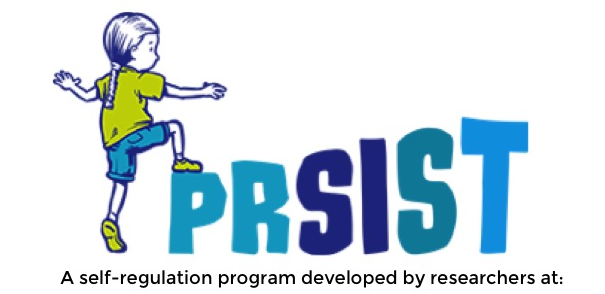
Disciplined Dance
What to do: Tell the children that you are going to play some music to dance to, but they must freeze in place whenever the music stops. After playing the music for a short time, randomly stop the music and check whether children have successfully frozen within a reasonable amount of time. For those who did not freeze in time, introduce a series of ‘penalties’. At the first non-freeze, have children continue the game from the kneeling position. At the second non-freeze, have children continue the game from a seated position. At the third non-freeze, have children continue the game from a laying down position. Each of these should make it easier to freeze, because fewer parts of the body will be moving. When a child succeeds, have them return to the previous position (e.g., if they successfully freeze when sitting, have them return to kneeling). The game ends when the last child is standing.
Too easy? How to increase challenge: Reverse the game. Have children dance when the music is off, and be still while the music plays. Even harder, you can have the children dance with only the body part you name (e.g., left leg), keeping the rest of their body still while the music plays.
Ideal formation(s): Small group for younger children, until children are familiar with the instructions.
What it does: This activity challenges children’s ability to maintain attention and resist the impulse to continue dancing when the situation requires them to stop.
Links to EYLF:
- Demonstrate an increasing capacity for self-regulation; Persist when faced with challenges and when first attempts are not successful (from Outcome 1.2)
- Gradually learn to ‘read’ the behaviours of others and respond appropriately; Cooperate with others and negotiate roles and relationships in play episodes and group experiences (from Outcome 2.1)
- Make choices, accept challenges, take considered risks, manage change and cope with frustrations and the unexpected (from Outcome 3.1)
- Combine gross and fine motor movement and balance to achieve increasingly complex patterns of activity including dance, creative movement and drama; Respond through movement to traditional and contemporary music, dance and storytelling (from Outcome 3.2)
- Persist even when they find a task difficult (from Outcome 4.1)
- Develop an ability to mirror, repeat and practice the actions of others, either immediately or later (from Outcome 4.3)




